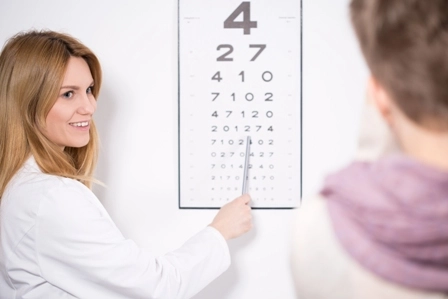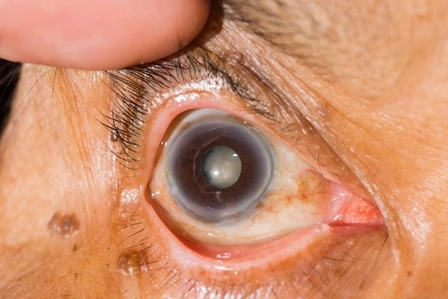What Diagnoses Support 76510?

Drill down to assign the right condition with this refresher. Your physician will use diagnostic ophthalmic ultrasound with both B and A scans (CPT® code 76510) to confirm and assess a variety of conditions, including (but not limited to) malignant and benign neoplasms, retinal detachments, and diabetic cataracts. As with all your claims, you’ll beat the odds of proving medical necessity if you’ve reported specific diagnosis codes that match your carrier’s requirements for the ultrasound service. Familiarity with the following ranges will serve you well as you connect the correct ICD-10 code to the condition detailed in the written report for the scan. Neoplasms For malignant neoplasms, you’ll use a code in the C69.00-C69.82 range, selecting the 4th and 5th digits depending on the lesion’s location. The same principal holds for benign neoplasms: Select a code from the D31.00-D31.92 set and assign the last two digits to match the lesion location notes in the procedure report. Retinal Detachment If the scan confirms a detached retina with a break, you’ll use H33.0 (Retinal detachment with retinal break), for instance, from the H30-H36 “Disorders of Choroid and Retina” code set. Diabetic Cataracts For patients with documented diabetes, you’ll report one of these two codes, depending on the diabetes type: Code it: For instance, a Type 2 diabetic patient with cataracts has an ophthalmic ultrasound with both B and A scans in the office and your doctor provides the scan interpretation, you’d report 76510 for the service and E11.36 for the diagnosis code.




